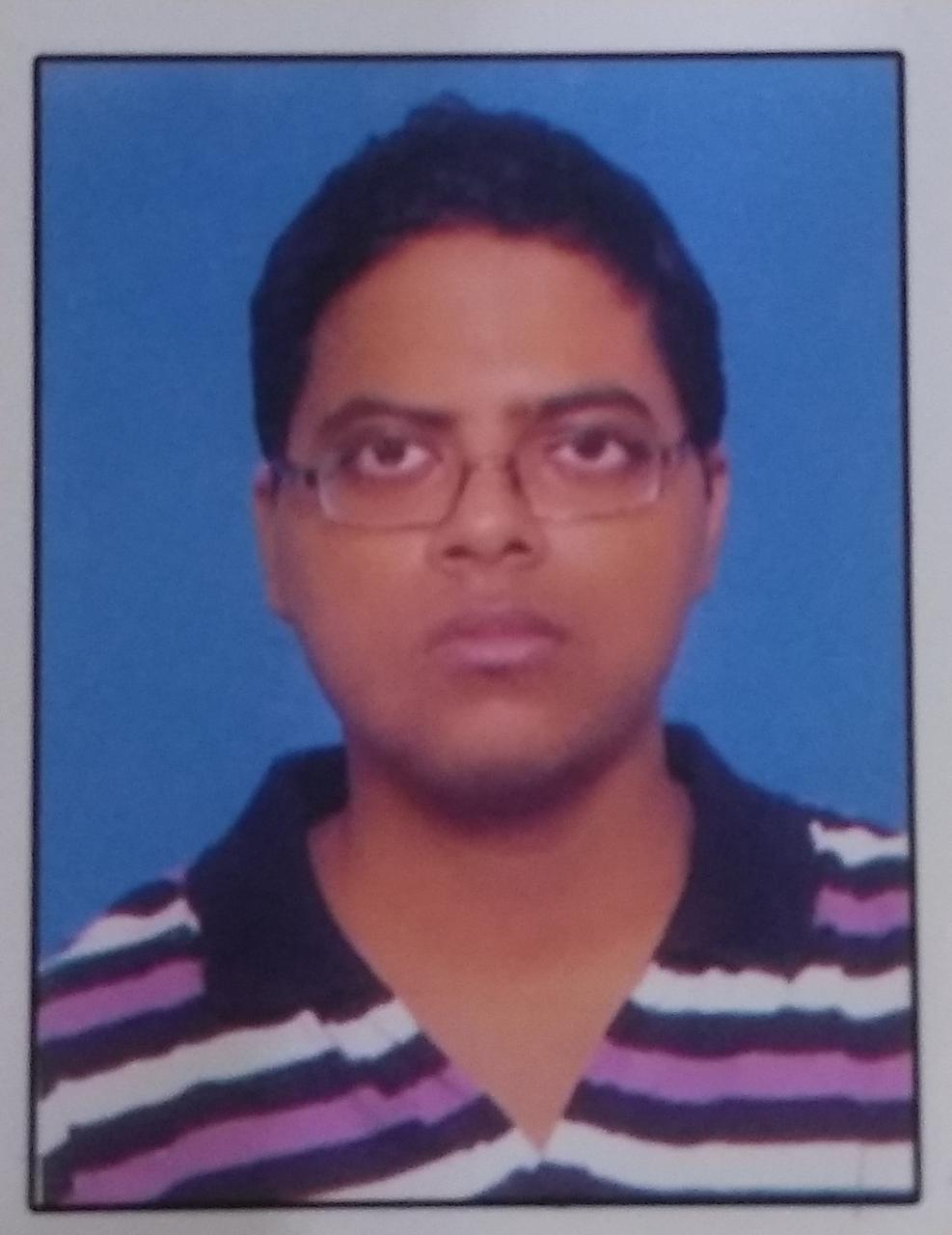Python for the visually impaired
Since April of last year I have been volunteering for Vision Aid as a Python programming instructor. Vision Aid did a pilot program to teach computer programming using Python to the visually impaired in 2016. The pilot program was well received and so the folks at Vision Aid decided to offer a more structured course based on the pilot.
I learnt about Vision Aid and the Python course from my cousin Swaroop and his wife Reena, both of whom have been volunteering for Vision Aid for years now. Swaroop was part of the pilot program and asked me to volunteer when they offered the course to a wider audience. More details about the course and other programs offered by Vision Aid can be found here. The idea of the program is to teach basic programming to folks and give them a solid foundation on which they can build further by learning more advanced programming concepts as well as use the knowledge in their work places to advance their careers.
So far I have been part of 3 quarters and have taught 7 students. Swaroop and I conduct joint classes, one class of around 2.5 hours, every week. We are teaching the beginning/introduction to programming course. The course is designed to be completed in 12 weeks but depending on the students sometimes we end up overshooting by a couple of weeks depending on our availability as well as the students'.
We conduct the classes over Skype and we suggest the students use Liclipse as the IDE since we have seen that it provides a good balance of programming features as well as accessibility features without hogging too much memory. We use Skype because it allows screen sharing, the students have some previous experience using it and it's free.
Most of our students are located in India and come from various backgrounds. Of the 7 students that we taught over the past year, we have had 2 students pursuing university education - one majoring in history and the other in computer science, one bank manager, two folks working at SEBI, one computer instructor, and one accessibility tester. All of them are visually impaired and are fairly well versed at using the computer for their daily tasks and needs. They use a screen reader to navigate and perform tasks on the computer.
Over the past 3 quarters of teaching, I got to learn a lot of things. I learnt firsthand how the visually impaired navigate computers, how screen readers work and that so many things that we take for granted are not available to them. Screen readers read every single word, character, link on the screen. The experience can be quite overwhelming specially since we are also giving instructions over skype at the same time as the screen reader is speaking.
Additionally, Python, by the nature of the language itself, brings its own challenges. The concept of indentation is quite new to non-programming folks and that causes some confusion. The IDE/editor adds indentation automatically at the beginning of a code block which is not read by the screen reader, so the students have to pay special attention to what indentation level they are at currently. But these are minor hiccups and I have seen that our students overcome these challenges gracefully.
My experience teaching over the past year has been very fulfilling and I have had the pleasure of meeting and teaching highly accomplished people from various walks of life. The students from the previous quarter went on to participate in a hackathon organized by Vision Aid and one of our students - Abhishek Agarwal - went on to win a prize at the hackathon. Students from previous batches have participated in hackathons organized by Shaastra - the IIT Madras tech fest.
Below are some of the students that we have taught over the past year:

Jayachandran

Gopal Suryavanshi

Abhishek Agarwal
Comments